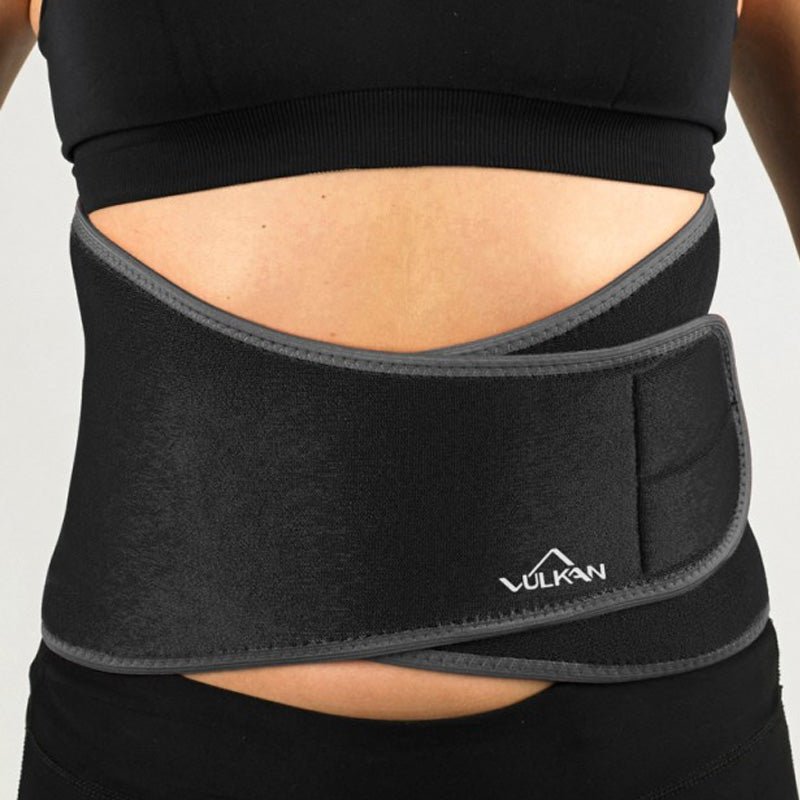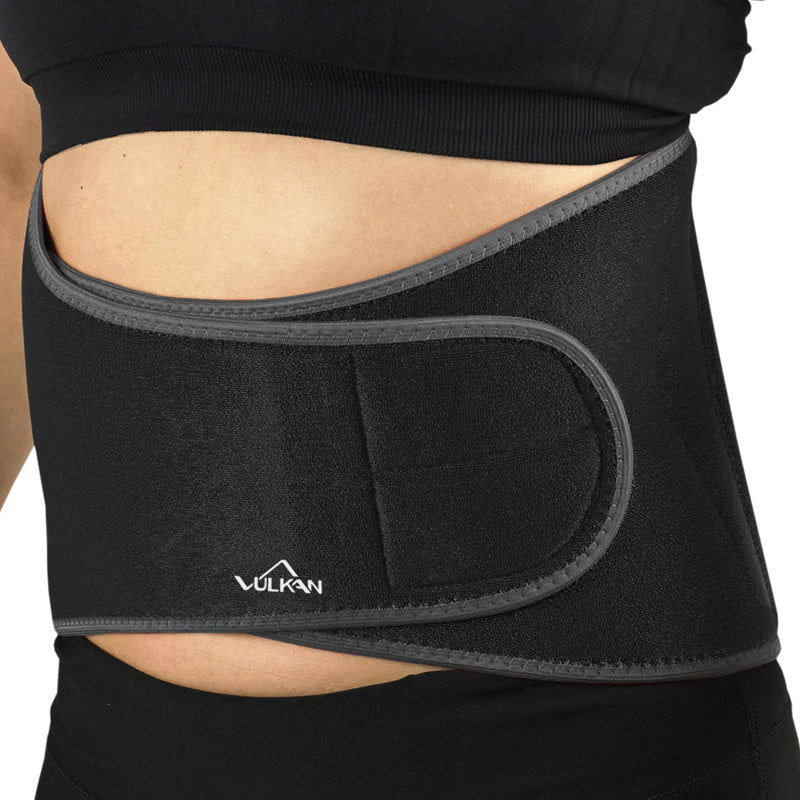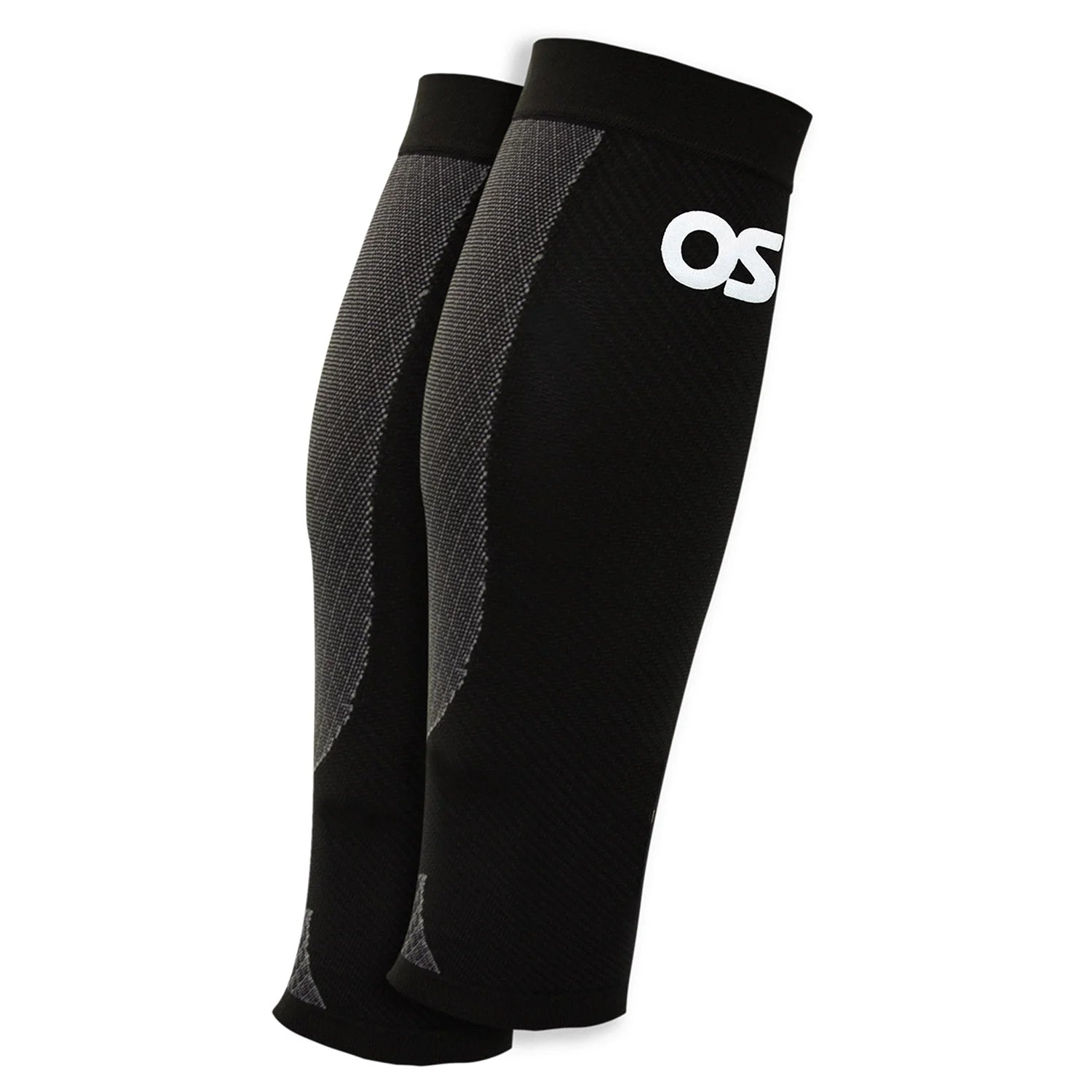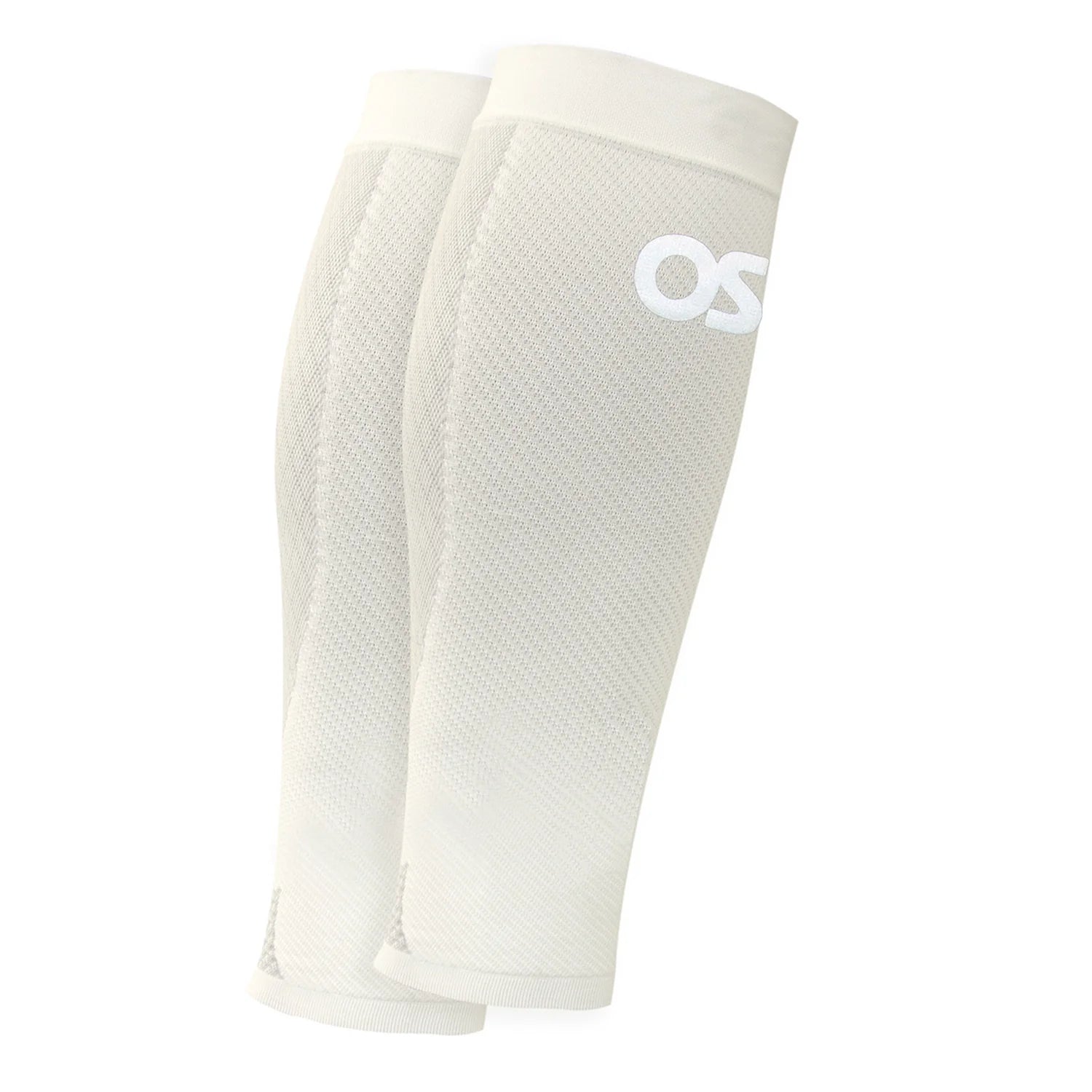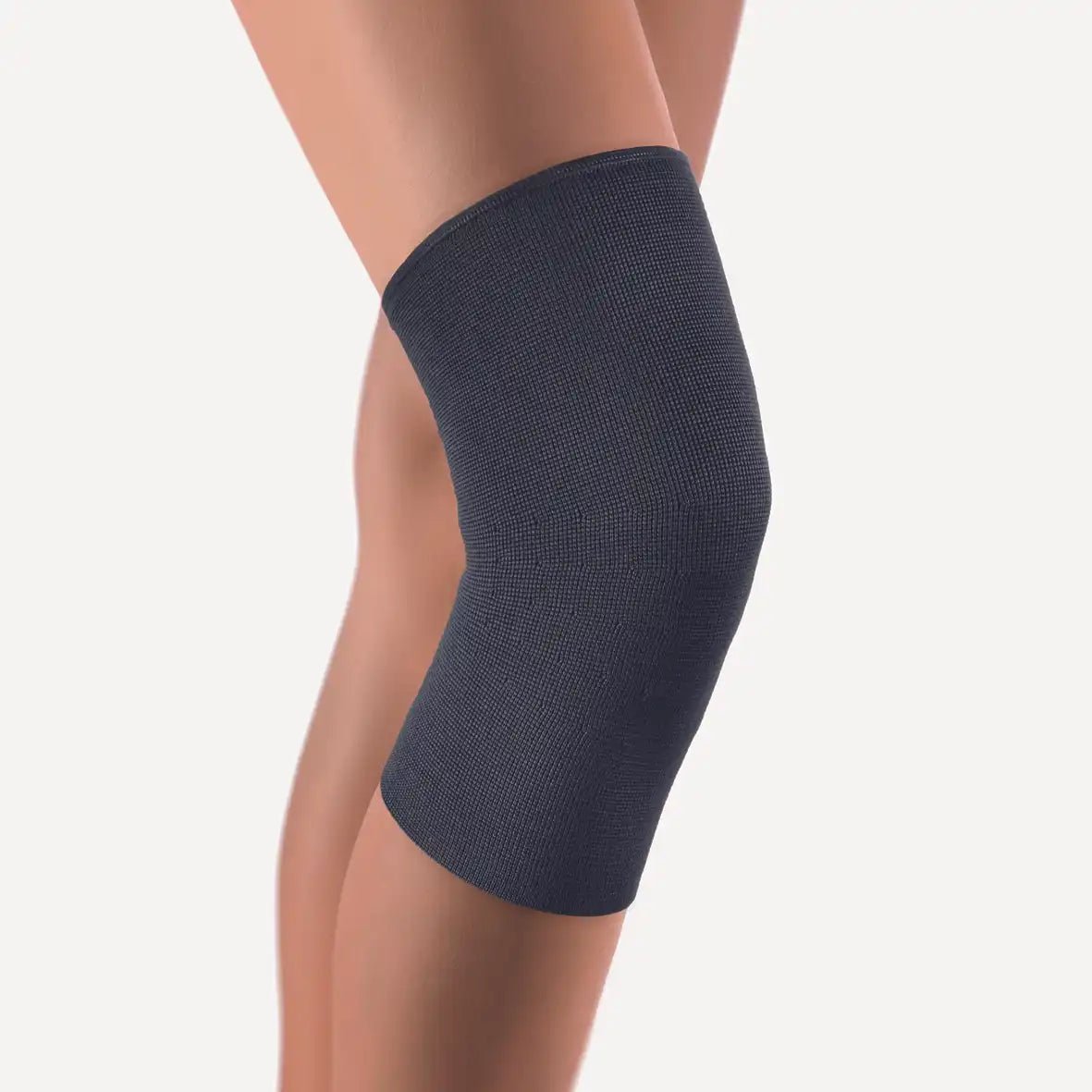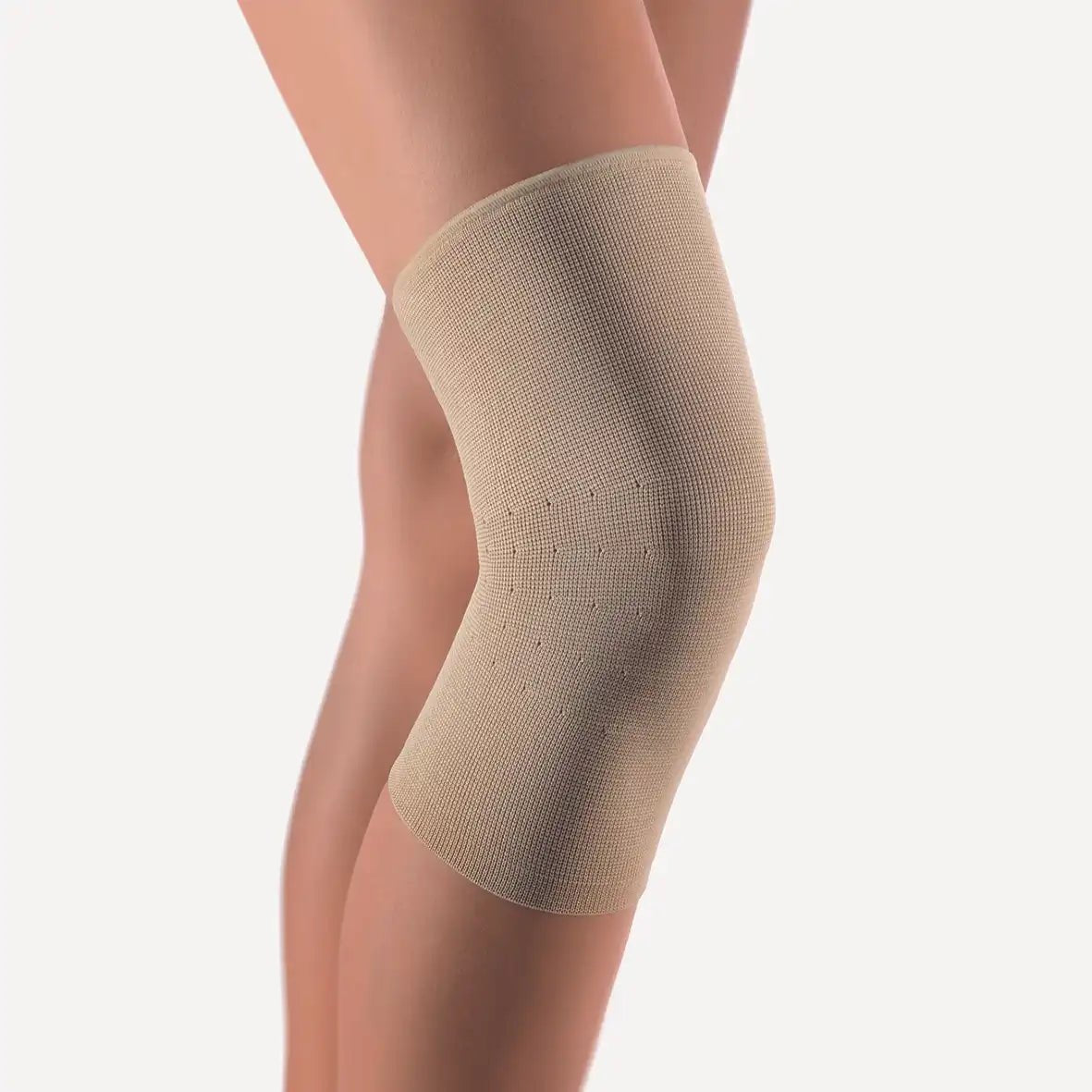
Heel spur (Plantar fasciitis)
Heel spurs and plantar fasciitis – how to be pain-free
Heel spurs are a common cause of pain under the heel and can make it difficult to walk or stand for long periods of time. The condition is often associated with plantar fasciitis, an inflammation of the tendon that runs under the foot. With the right treatment, appropriate exercises and aids, you can often relieve the discomfort on your own and get back to your daily routine.
Why do people get heel spurs and plantar fasciitis?
Heel spurs occur when the tendon under the foot is subjected to repeated stress and small micro-injuries. The body then forms a small bone growth at the heel bone that can cause pain. Plantar fasciitis is an inflammation of the same tendon and causes similar symptoms. Common causes include long periods of standing at work, running on hard surfaces, being overweight, or wearing shoes without sufficient support.
Symptoms of heel spurs
The pain of heel spurs and plantar fasciitis is often felt most in the morning when you take your first steps. It can also occur after rest or during longer walks. Many describe the feeling as if they were stepping on a sharp stone.
- Pain under or on the inside of the heel, especially when taking the first steps in the morning.
- The pain often decreases after walking for a while, but can return after prolonged exertion.
- Soreness if you press on the bottom of the heel.
- Sometimes the heel may be swollen or slightly red.
- Intense pain just below the heel, especially with the first steps in the morning or after a period of rest
- Stiffness and difficulty putting weight on the foot after rest
- Local tenderness right where the plantar fascia attaches to the heel bone
- Uncomfortable sensations such as tenderness and pressure when standing or walking
Causes
The cause of heel spurs is usually that the plantar fascia has been overstressed for a long time. This can happen if you start exercising more intensively or change shoes to a pair with poor cushioning or support. People with flat feet or high arches are more likely to be affected, as are those who walk or run a lot on hard surfaces. Being overweight also increases the strain on the feet and the risk of getting heel spurs.
Treatment and what you can do yourself at home
To reduce pain, it is important to relieve the pressure on the foot. Rest from activities that hurt, but keep moving gently. Shoes with good shock absorption and heel cups can provide immediate relief. Foot inserts help distribute pressure and reduce strain on the tendon. In case of inflammation, cold for 15 minutes several times a day can reduce pain.
Exercises you can do at home
- Toe raises – Stand on a step with your heels off the edge. Lower and raise slowly.
- Plantar stretch – Sit and gently pull your toes back towards your body.
- Roll your foot – Use a small ball or bottle and roll under your foot for a few minutes.
- Calf stretch – Stand against a wall and stretch your calf to reduce the pull on the tendon.
Prevention advice
Change shoes regularly and choose models with good support and cushioning. Avoid walking barefoot on hard floors for long periods. If you run, increase the distance gradually and vary the surface. Compression stockings can improve blood circulation and speed up recovery.
Recommended products
Which aids provide the most relief from heel spurs?
Heel cups, foot inserts, compression stockings and shoes with good support are common and effective aids.
What is the difference between heel spurs and plantar fasciitis?
A heel spur is a small bony growth on the heel bone, while plantar fasciitis is an inflammation of the tendon at the bottom of the foot. Both can cause similar pain.
How do I know if I have a heel spur?
Common signs include heel pain, especially in the morning or after rest. For a definitive diagnosis, a medical examination is required.
Can heel spurs go away on their own?
Yes, the symptoms can be relieved over time with rest, relief and the right treatment, but it can take several months.
Which shoes are best for heel spurs?
Choose shoes with good shock absorption, firm heel grip and soft insoles. Avoid flat and thin soles.
Does stretching help with plantar fasciitis?
Yes, regular stretching exercises for the foot and ankle can reduce tension in the tendon and relieve pain.
Can I continue to train with a heel spur?
Yes, but avoid activities that cause pain. Instead, choose gentle alternatives such as swimming or cycling.
How long does it take to get rid of plantar fasciitis?
Recovery varies but often takes between 3 and 12 months depending on the extent of the injury and treatment.






